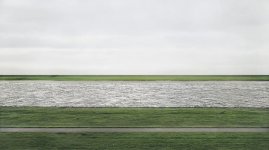BackdoorArts
Senior Member
The advent of Photoshop has made it possible to create images that the viewer can marvel at, while never really knowing whether or not they were actually captured that way. Personally, I have no issue with extreme image manipulation, provided that it's never passed off as if it came out of the camera that way. And I have no issue with minor manipulation when it "fixes" small distractions from the image, such as dust spots, power lines, etc., provided that it does not manipulate the perception of the viewer purposefully (i.e. removing high tension wires running along a property from a real estate photo). Photography for arts' sake can do what it wants. Editors can choose to manipulate a photographer's work to make a model look thinner, taller, what-have-you, that's on them - again, provided that they do not ever try to pass off the photo as specifically being "unaltered".
I found a kindred spirit in this blog on the subject. I thought it was a good read and takes a lot into account about the ethics of commercial photography and how it falls on both the photographer and the client to ensure that truth is passed as truth.
STORY BEHIND THE IMAGE: Questioning the Ethics of Photo Manipulation in Digital Photography Today
I found a kindred spirit in this blog on the subject. I thought it was a good read and takes a lot into account about the ethics of commercial photography and how it falls on both the photographer and the client to ensure that truth is passed as truth.
STORY BEHIND THE IMAGE: Questioning the Ethics of Photo Manipulation in Digital Photography Today

